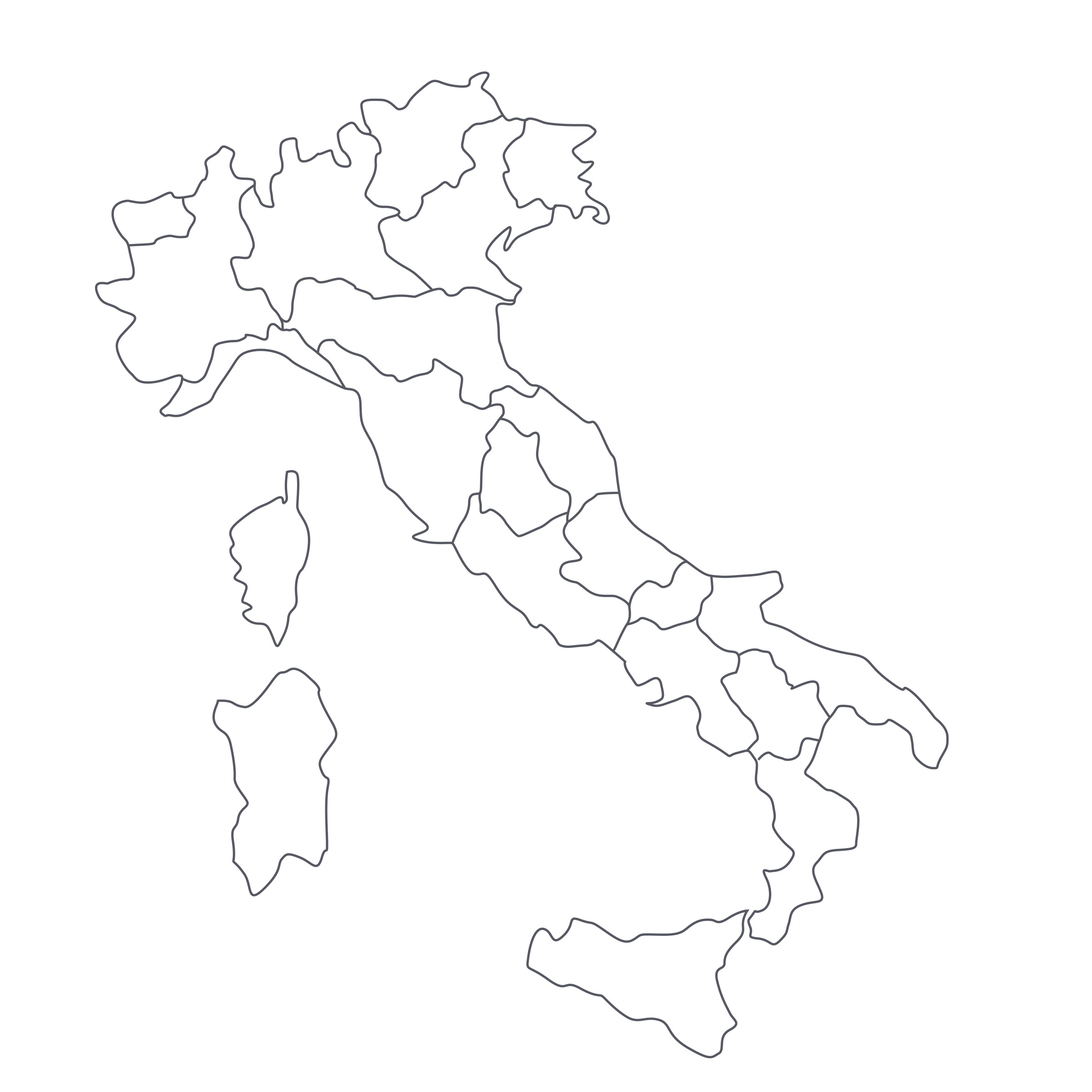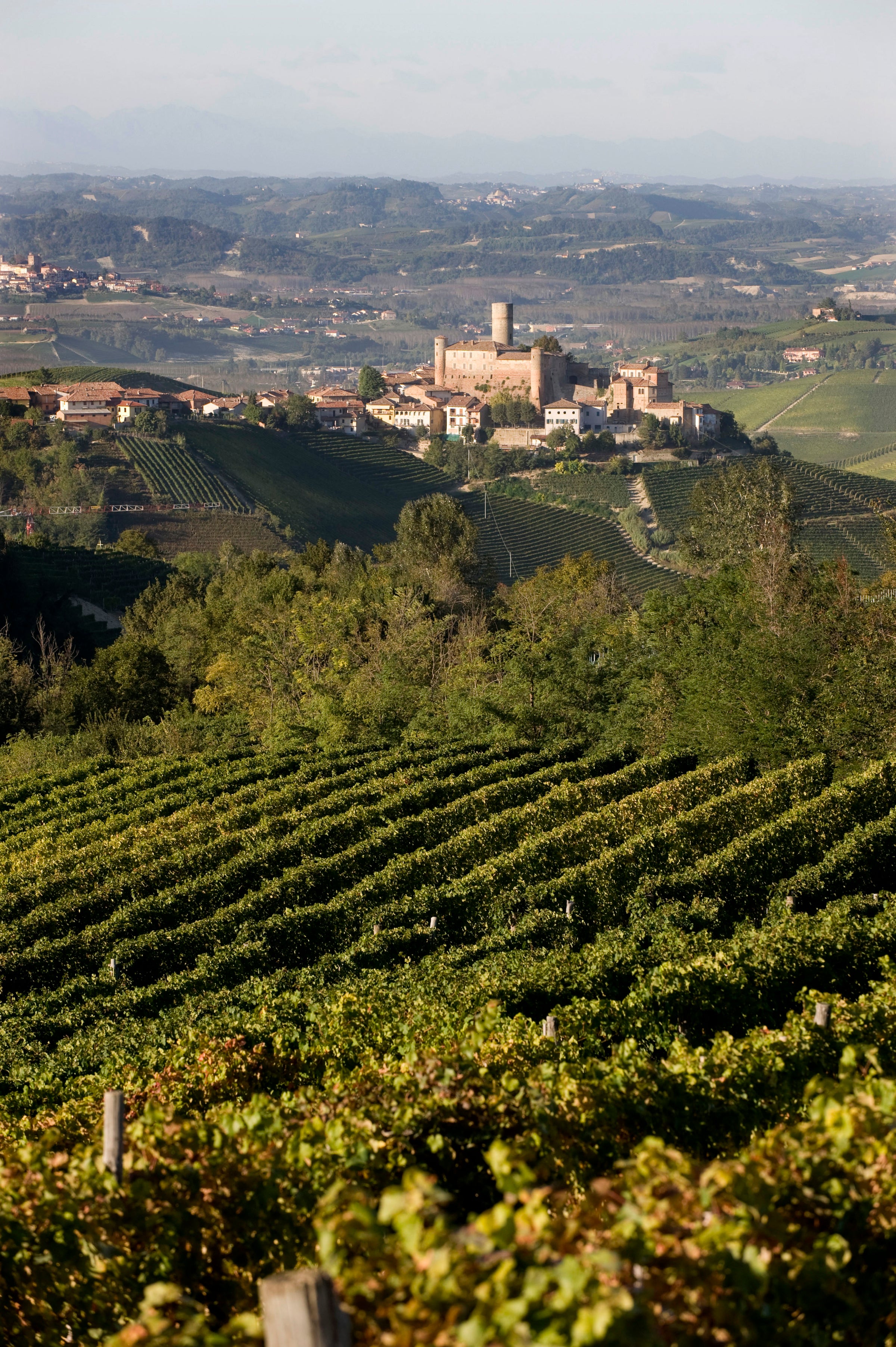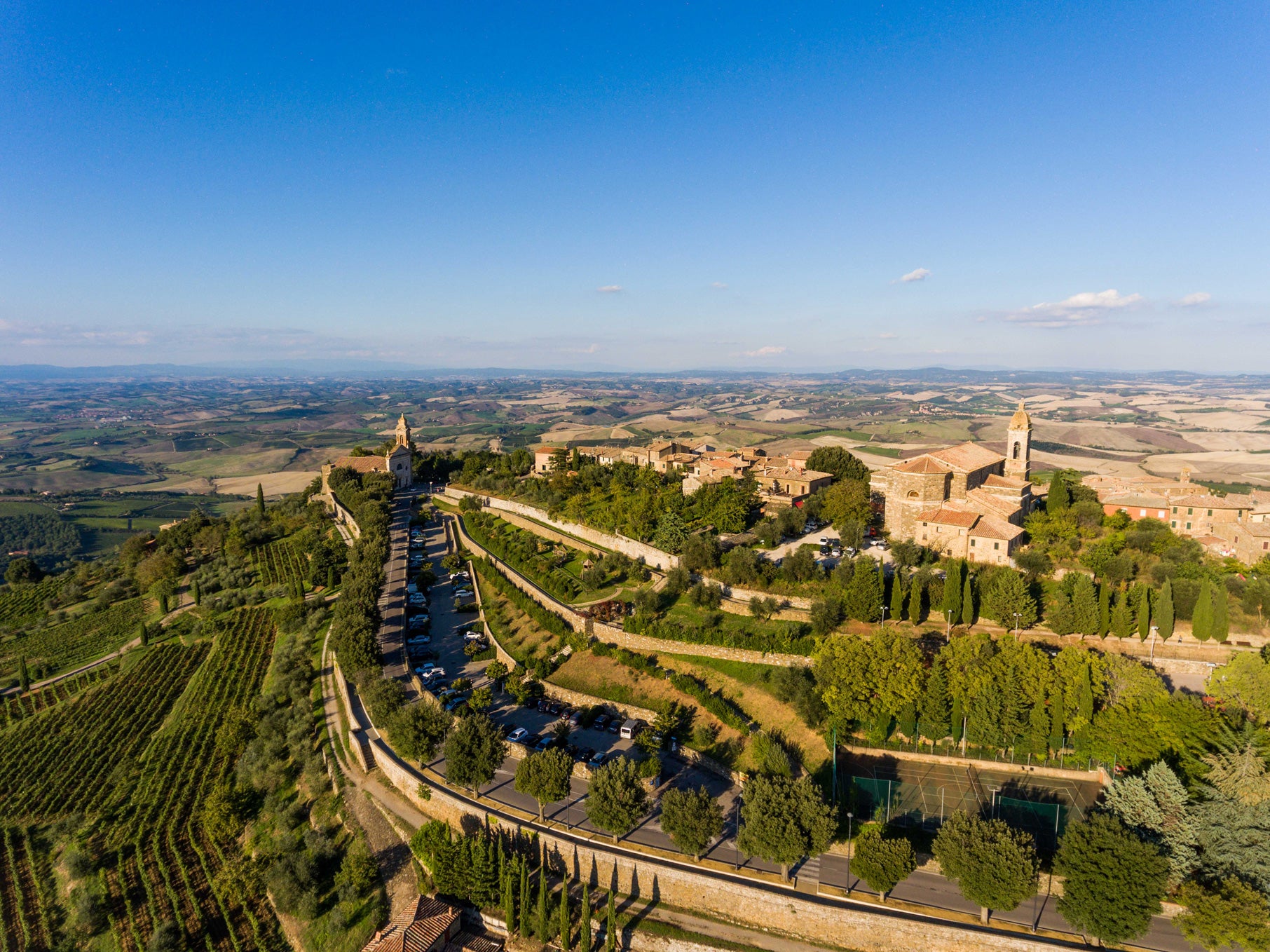Today’s offer will likely get me kicked out of the Italian Wine Purists Association, but this wine is too good, and too well-priced, to ignore. Given Italy’s inimitable collection of indigenous grape varieties, there are many in the Italisphere who have no use for wines from “international” grapes such as Cabernet Sauvignon and Merlot.
I’ve always had mixed feelings myself, particularly when it comes to blending the international and the indigenous (Sangiovese, most notably, doesn’t tend to play well with others, much as people have tried), but there are many noteworthy instances where the results are impossible to argue with. Like the best “super-Tuscan” reds, today’s Langhe Rosso from Piedmontese legend Aldo Conterno is at once unconventional and undeniably a wine of place. Comprised of about 80% Freisa—a local variety closely related to Nebbiolo—blended with Cabernet Sauvignon and Merlot, this wine just plain works. That tends to happen when you combine a world-class terroir and producer; it also helps that the assorted varieties are well-matched. It borrows from both Barolo and Bordeaux then adds a twist to that, all at a price that offers an affordable glimpse into one of the world’s elite wine properties.
Namesake Aldo Conterno passed away in 2012, but the estate is ably run by his sons Franco, Stefano, and Giacomo. The beating heart of the operation is the “Bussia” vineyard in the village of Monforte d’Alba, one of the largest and best-known sites in all of Barolo, known for its bluish marl soils rich in calcium carbonate and iron. Among the Conterno holdings concentrated in this grand cru-equivalent site are the single vineyards “Cicala,” “Colonello,” and “Romirasco”—three small, contiguous parcels the sit near the crest of the hill, from which they bottle three of the most sought-after single-vineyard Barolos in the world.
The Conterno family’s roots in Monforte d’Alba go back to the 19th century, and it was Aldo’s father, Giacomo, who was among the first to commercialize bottled Barolo in the 1920s and ‘30s. The Giacomo Conterno estate, still one of Barolo’s most revered, is where Aldo and his brother, Giovanni, cut their wine teeth in the ‘50s and ‘60s—but in 1969 Aldo Conterno struck out on his own, purchasing a farm called “Il Favot” in Monforte and leaving Giovanni to run Giacomo Conterno. He became known as a more “modern” interpreter of Barolo, having spent time in California in the mid-1950s (check out
this remembrance for more on that), and in recent decades the Aldo Conterno lineup has included not just Barolo but an opulent Chardonnay (called “Bussiador”) and this Langhe Rosso, which at one time also included Nebbiolo and was called “Quartetto.”
During the late 1990s and early 2000s, what might be called “super-Piedmontese” wines became something of a sensation both in Barolo country and elsewhere in Piedmont, but they never caught on quite like their Tuscan cousins. But regardless, noble grapes are noble grapes: Cabernet Sauvignon, Merlot, Cabernet Franc, and Syrah—all of which have longer histories in Italy than most people think—have all thrived in Italy, and the best of them aren’t merely good wines but identifiably Italian. Castello di Ama’s “L’Apparita”—a Merlot made in Chianti—is resolutely Tuscan, or, to put a finer point on it, 'Chiantigiano.' It has the kind of mineral nerve I’d expect from the Chianti Classico terroir. And although a Piedmontese grape dominates this wine, the Cabernet character shines through as well, and it is not a Bordeaux Cabernet character nor a Napa Cabernet character. It is a muscular, yet high-toned, Piedmontese Cabernet character.
Freisa, meanwhile, is a native Piedmontese grape with a close genetic relationship to Barolo’s Nebbiolo. Both are high-acid, high-tannin varieties; Freisa tends to lean more fruit-driven, with a distinctive wild strawberry character, while Nebbiolo skews more savory. In this wine, Freisa is the freshness, the backbone, and the perfume—Cabernet and Merlot provide muscle density and rich, dark fruit. The result is a red that performs a bit like a cool-vintage Left Bank Bordeaux: it has great depth of flavor but it is also taut and focused, with very moderate alcohol (12.5%). In the glass, it’s a deep ruby moving to magenta/pink at the rim, with aromas of black plum, cassis, red currants, violet and rose petals, graphite, and cedar. Aged about a year in a combination of stainless steel and French oak barrels before release, its oak influence is subdued: this is all about fruit, palpable minerality, and a firm tannic framework. It is medium-bodied but deceptively so—it makes a big impact on the palate but is bright and refreshing at the same time. Decant it about 45 minutes before serving in large Bordeaux stems at 60-65 degrees, and put it to work alongside some well-charred grilled short ribs. It’s a unique and serious red with real pedigree—and one you are likely to empty quickly, so be sure to have a second at the ready. Enjoy!




